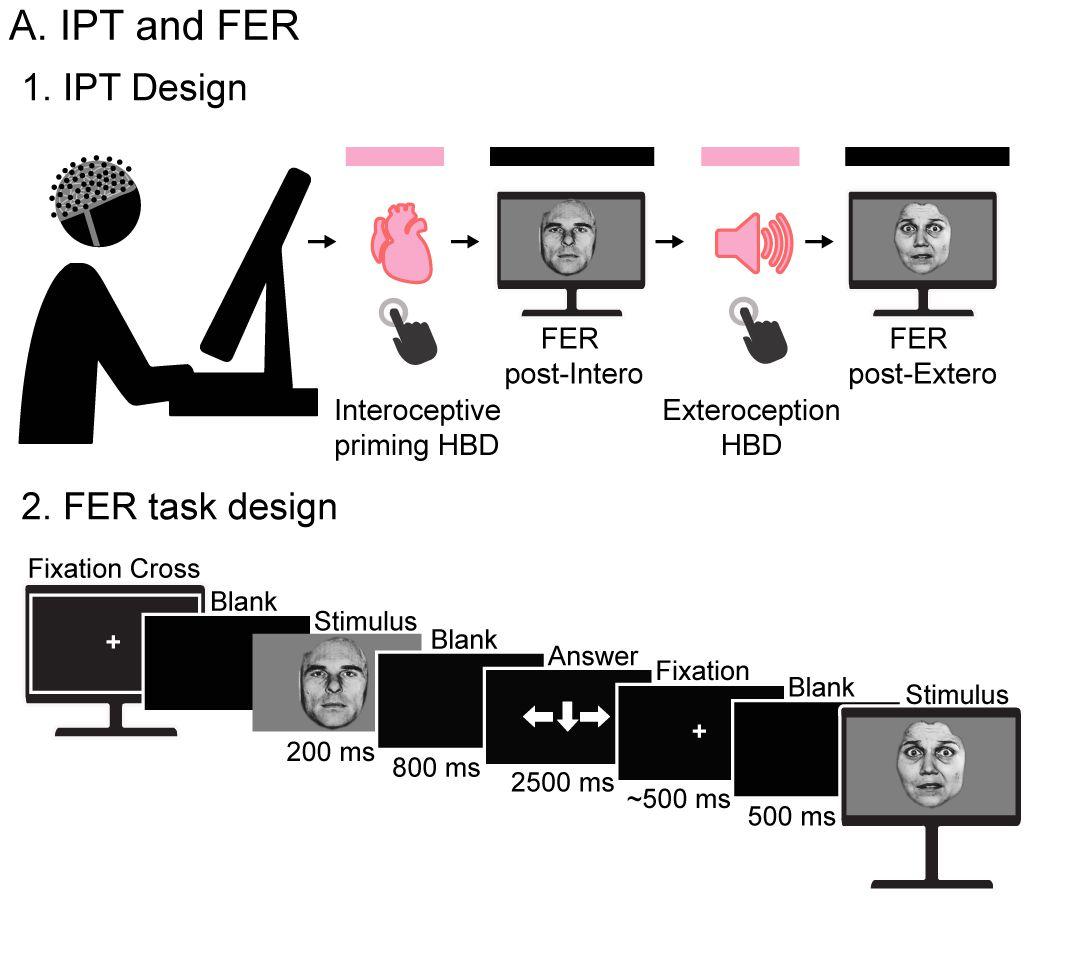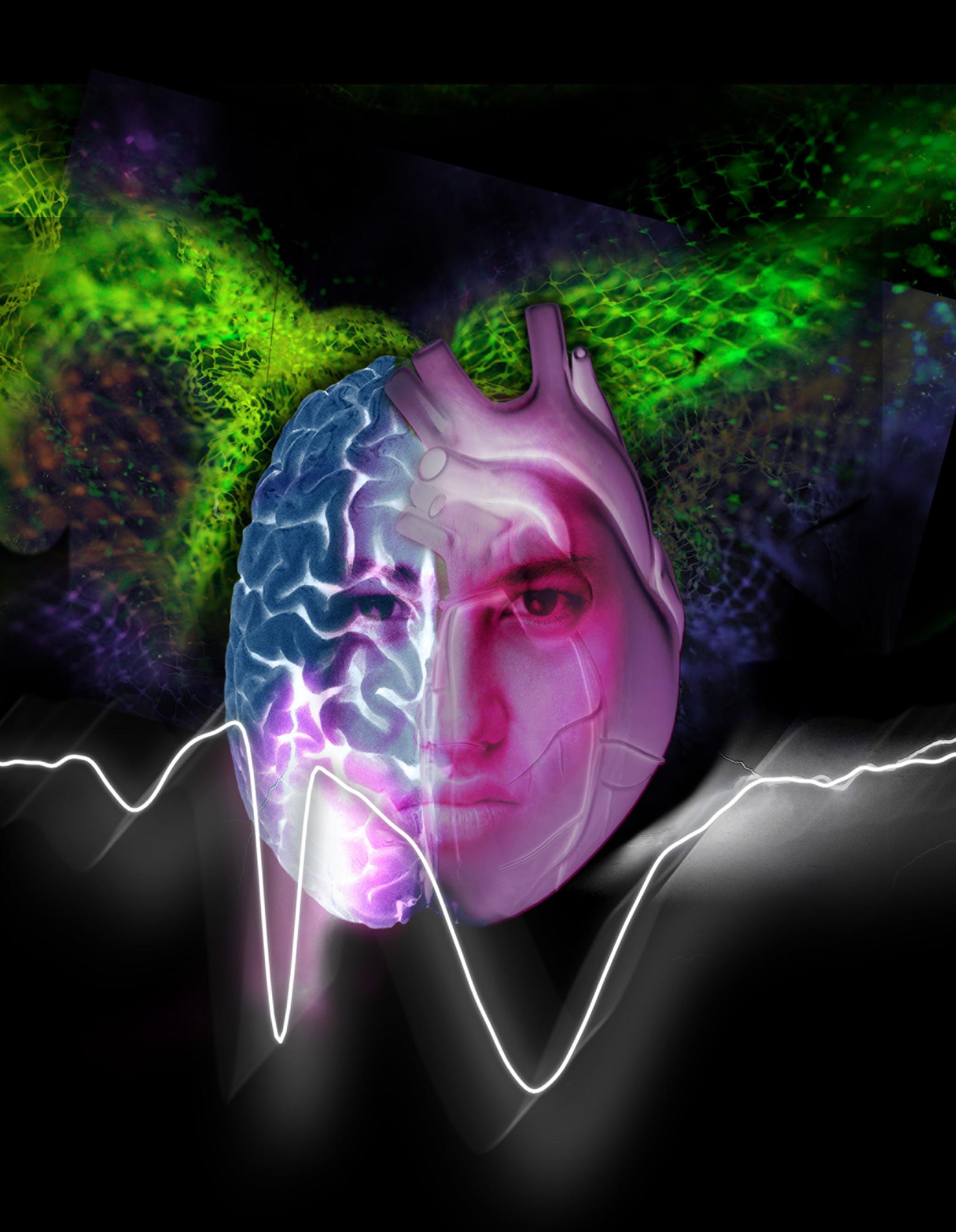Our Inner World of Other’s Emotions
“Every artist dips his brush in his own soul, and paints his own nature into his pictures.”
- Henry Ward Beecher
Just like artists, we all perceive and transform reality according to our personal experiences and emotional states. Traditionally, cognitive neuroscience has emphasized the passive, reflective role our brain plays in the external perception of reality. Recent scientific research on interoception (the sensing of body states) helps us understand how our brain actively makes sense of external information based on our own bodily states, bringing our inner world into the fold.
And why is the study of interoception of particular importance today? Internal feedback from one’s inner states seems to play a key role in emotional self-regulation and in the appraisal of emotions displayed in others. The study of interoception is relevant to patients with dementia, particularly in patients with behavioral variant fronto-temporal dementia (bvFTD), characterized by personality changes, apathy, and a progressive decline in socially appropriate behavior. The study of interoception has paved the way for a new clinical agenda in the treatment of psychological disorders, ranging from depression to dementia.
Interoception can be evaluated under heartbeat discrimination tasks (HBD), where participants monitor their own heartbeats. The encoding of internal body signals seems to also regulate social cognition: the ongoing encoding of one’s heartbeats is associated with activation of the insular cortex, a key hub involved in empathy and social cognition.
Our RedLat team, a research consortium in Latin America, recently conducted a study with 114 participants aimed at further understanding the role of interoception in the recognition of other’s emotional states during an interoceptive task (HBD) and an exteroceptive task (attending external sounds) (Fig. 1). Half of all subjects comprised healthy controls, while the other half were patients with neurodegeneration. Dementia patients suffered either Parkinson’s Disease, Alzheimer’s Disease, or bvFTD. All groups were presented with human facial expressions and were asked to recognize the associated emotional states during the interoceptive and exteroceptive tasks.

Figure 1: Experimental task and electroencephalogram (EEG) recordings. The priming phase included an interoceptive (IPT) and an exteroceptive condition, followed by the facial emotion recognition (FER) phase (black). HBD = heartbeat discrimination tasks. Image by Salamone et al. (2021), license CC BY-NC 4.0.
After focusing attention on their heartbeats, people without dementia had a better appraisal of negative facial emotions in others. Patients with dementia, particularly bvFTD patients, had difficulties recognizing emotional states. Association with brain atrophy and connectivity of interoceptive and emotional hubs are particularly affected in bvFTD patients. These results help to show that interoception plays a role in emotional recognition while aiding in our understanding of impaired states in neurodegeneration.
Techniques focusing on body self-regulation may help to better appraise the social and emotional worlds of other people. This paves the way for a breakthrough in clinical practice integrating cognitive neuroscience, psychiatry and cognitive neurology, calling for an understanding of an internal and active regulation of the external world. Our brains continuously and actively construct meaning. The role of subjective feelings have been largely forgotten in those with “functional disorders.” Similarly, dementia patients can suffer socioemotional impairments related with deficits on interoception. Multiple abnormal responses to their external social world may be partially dependent on their reduced inner body sensing.
Just like artists, we appraise the external social world according to our inner narratives and states. In the words of the Norwegian painter, Edvard Munch: “Nature is not only all that is visible to the eye.. it also includes the inner pictures of the soul.”

Figure legend: Interoception regulates emotion appraisal across behavioral, electrophysiological, neuroanatomical, and functional connectivity levels. Design by Agustín Ibáñez, Lucas Neufeld, and Adolfo García.



